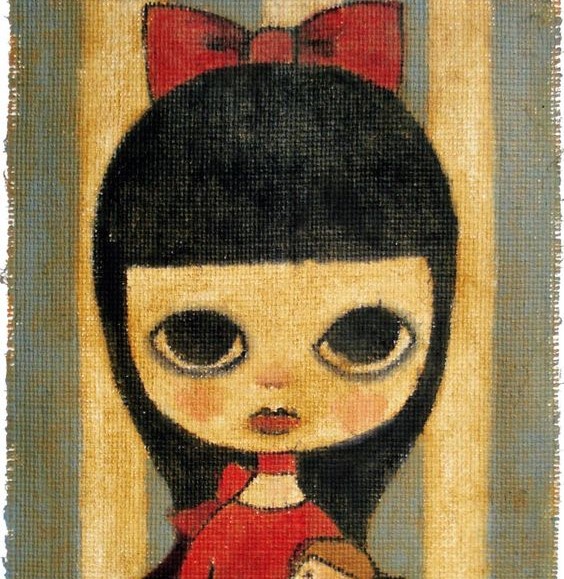Developing a sense of gender identity II
Cards (12)
- What is gender? - APA
- A person’s deeply-felt, inherent sense of being a boy, a man, or a male; a girl, a woman, or a female, or an alternative gender (e.g., genderqueer, gender nonconforming, gender neutral) that may or may not correspond to a person’s sex assigned at birth or to a person’s primary or secondary sex characteristics’ – APA
- What is gender? - WHO
- Gender refers to the characteristics of women, men, girls and boys that are socially constructed. Includes norms, behaviours and roles associated with being a woman, man, girl or boy, as well as relationships with each other. As a social construct, gender varies from society to society and can change over time’ – WHO
- Gender vs Sex
- Gender-related terminology
- Gender identity – the gender label or description you assign yourself
- Transgender – identifying as having a gender identity discordant from your sex assigned at birth
- Gender role – the role of behaviour learned as appropriate to their gender [Largely determined by prevailing cultural norms]
- Gender expression – the way in which someone expresses their gender identity
- Gender nonconformity – behaviour of gender expression that does not match typical gender roles [Shift towards referring to this as gender variance]
- How do we come to understand our gender?
- Because gender is known to be a socially constructed part of identity, the origins can be difficult to understand
- There is no one thing that tells us what our gender ‘is’
- Scientists have been working to form models of gender identity development but there has yet to be a full consensus
- This is also true for sexual orientation and sexual preferences
- How do we assess the development of gender?Twin studies
- Monozygotic vs dizygotic
- Assesses heritability of different traits
- Can observed shared vs. unique environmental factors
Molecular genetic studies- Attempts to find individual candidate genes that influence gender identity
Genome Wide Association Studies (GWAS)- Many genes interacting together to affect gender identity (polygenic effects)
Environmental influence- ‘Environment’ = everything that is not genetic (including in-utero)
- Studies rely largely on self report and survey methodology
- Genetic Influence on Gender Identity Development (GID)
- Evidence (Polderman et al., 2018) points to a significant heritability factor • The proportion of phenotypic variation (expression) in gender identity that comes from genetic influences has been found to be roughly 11- 70%
- This proportion is higher in children than adults
- Mixed evidence for theory that transgender adults have brain structures or show brain activity more similar to the gender they identify as rather than the sex they were assigned at birth (Turban et al., 2018)
- Biological Influence on GIDAnimal studies have found prenatal hormones (especially testosterone) affect gender role behaviours
- Individuals with gender nonconformity or transgender identity were exposed to more testosterone in-utero/have complete androgen insensitivity syndrome (Turban et al., 2018)
- Biological Influence on GIDFraternal birth order affect (VanderLaan et al., 2016)
- More older brothers related to an increased incidence of identifying as a transgender woman
- due to the in-utero environment becoming increasingly immunized to male-specific androgens after successive male births
Disorders of sex development (intersex) - Psychosocial Influence on GID
- Early theorists believed that harsh parenting and absent fathers/ overbearing mothers lead the gender dysphoria- there is no good, modern evidence for this
- Children are more likely to adopt gender non-conforming behaviours if the parental response to those behaviours is not negative (Zucker & Bradley, 1995)
- Psychosocial Influence on GID
- Activity levels are also related with gender dysphoria
- Higher physical activity levels in girls and lower physical activity levels in boys predicts gender nonconformity
- Gender dysphoria is also linked to some psychopathology, but this does not appear to be a developmental factor
- Cultural Influence on GIDWestern cultures treat gender largely as binary (though this is changing)Some cultures have recognized third/other genders for a long time
- Fa'afafine in Polynesia/Samoa
- Hijra in South Asia/India
